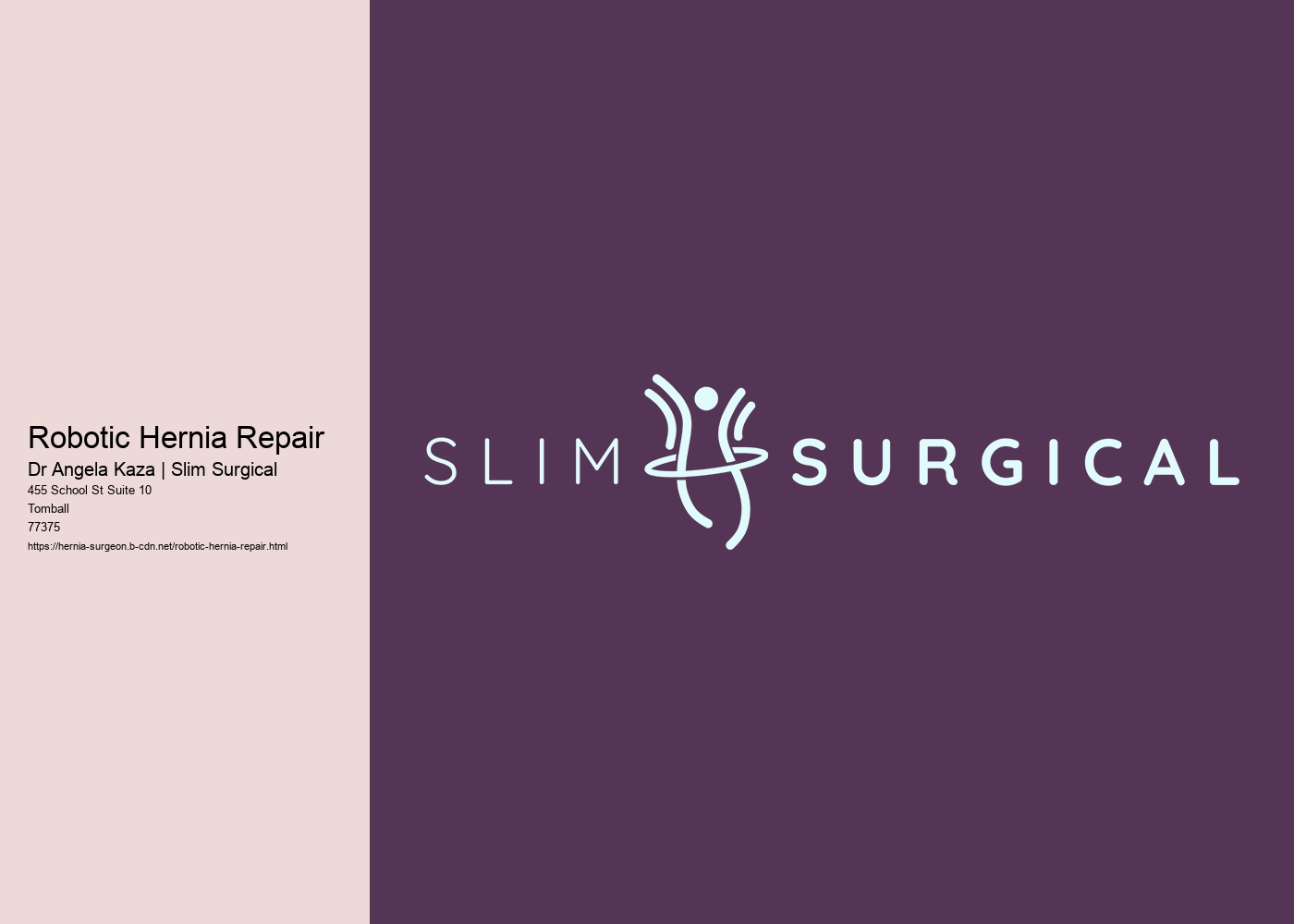Robotic hernia repair represents a cutting-edge convergence of medical expertise and technological advancement, a beacon of hope for patients suffering from the often painful and discomforting condition known as a hernia. This minimally invasive surgical approach has revolutionized the way surgeons address the anatomical anomaly, which occurs when an organ or fatty tissue squeezes through a weak spot in a surrounding muscle or connective tissue called fascia.
A hernia can manifest in various forms, such as inguinal, femoral, umbilical, or hiatal, and traditionally, its repair has been a domain of either open surgery or laparoscopy. However, the advent of robotic technology in the surgical field has ushered in a new era wherein precision, control, and enhanced vision are brought to the forefront of patient care.
The essence of robotic hernia repair lies in the sophisticated robotic system that assists surgeons in performing the operation. The most renowned among these systems is the da Vinci Surgical System, a marvel of modern medicine that amplifies the surgeon's capabilities. Equipped with high-definition 3D vision and tiny wristed instruments that bend and rotate far beyond the capabilities of the human hand, the system allows for enhanced precision and control.
During a robotic hernia repair, the surgeon sits at a console within the operating room and manipulates the robotic arms, which hold the surgical instruments and a camera. The camera provides a magnified, high-definition view of the surgical site, allowing the surgeon to see the hernia and surrounding tissues with unprecedented clarity. The robotic arms mimic the movements of the surgeon's hands, translating them into smaller, more precise movements within the patient's body.
This method of surgical repair brings with it numerous benefits over traditional techniques. The increased accuracy reduces the risk of injury to surrounding tissues, leading to less postoperative pain and a lower likelihood of recurrence. The small incisions required for the robotic instruments result in less scarring and a quicker return to daily activities. Additionally, the enhanced vision and precision can be particularly beneficial in complex or recurrent hernias, where the anatomy may be distorted or scar tissue present.
Another significant advantage of robotic hernia repair is the potential for better outcomes in terms of recovery. With smaller incisions and reduced trauma to the body, patients often experience a shorter hospital stay and quicker overall recovery. This can be especially important for individuals who are eager to return to work or resume their normal lifestyle activities without a prolonged period of convalescence.
Despite these advantages, it is important to recognize that robotic hernia repair may not be suitable for every patient. The cost of the procedure, accessibility to robotic technology, and the surgeon's experience with robotic systems are factors that may influence the decision-making process. It is imperative for patients to consult with a qualified surgeon to discuss the risks and benefits specific to their condition and determine the most appropriate course of action.
In conclusion, robotic hernia repair is a testament to the remarkable strides we have made in the field of surgery. As technology continues to advance and become more integrated into healthcare, we can anticipate further improvements in surgical outcomes and patient care. This innovative approach to hernia repair showcases the incredible potential of marrying technology with human skill to enhance the healing process and offer patients a safer, quicker, and less painful road to recovery.
